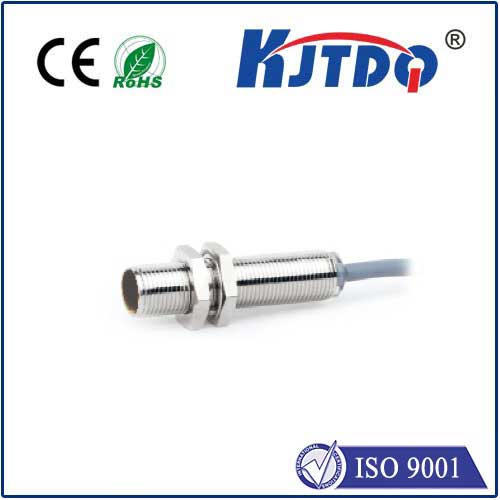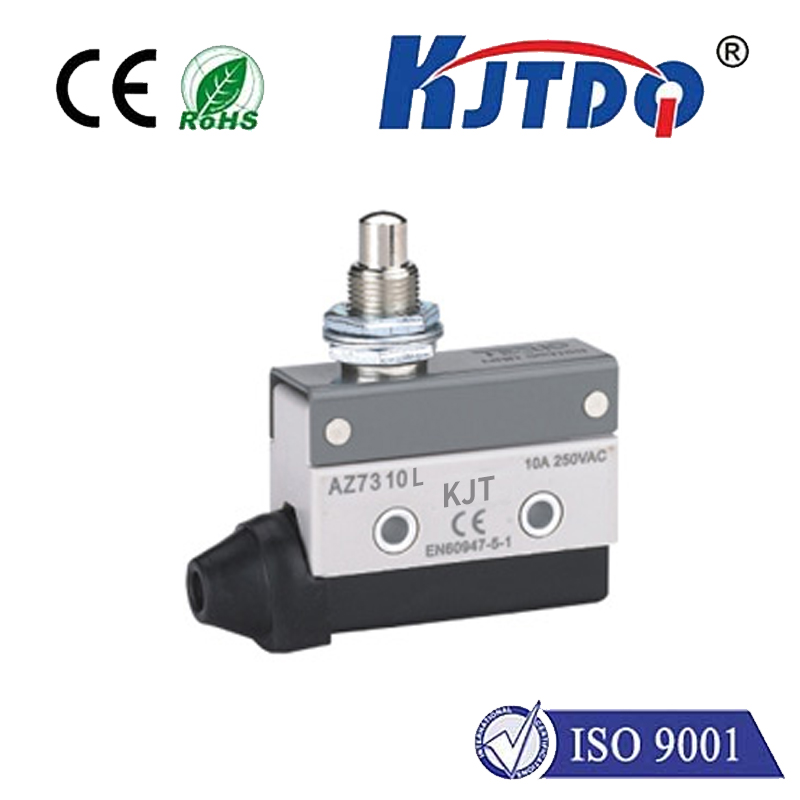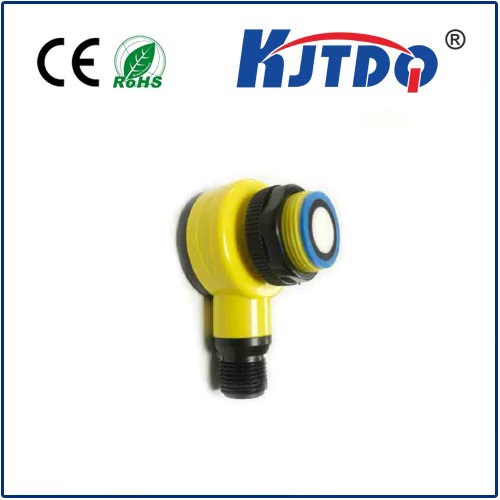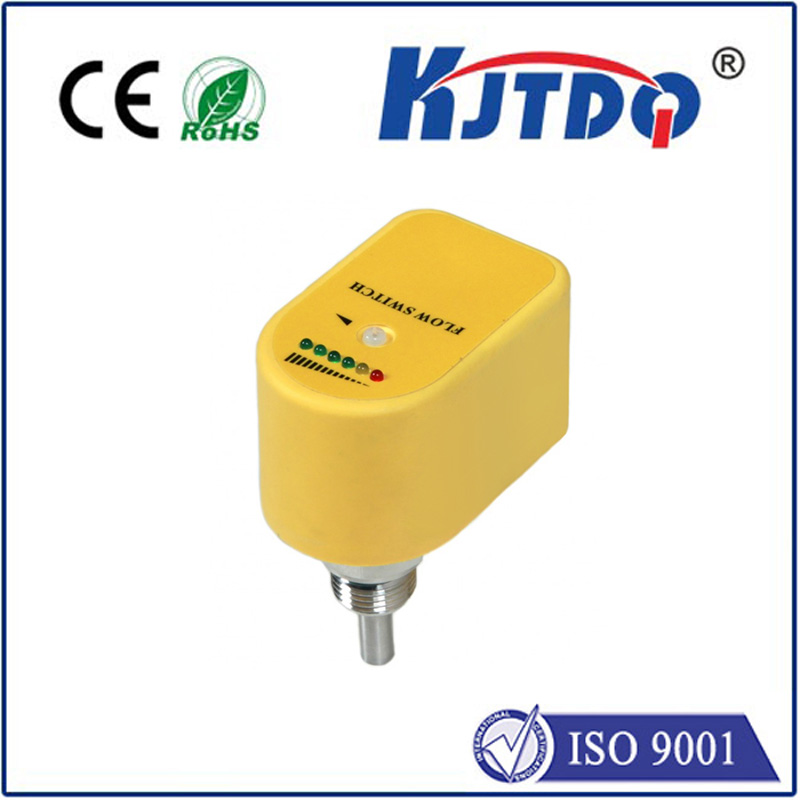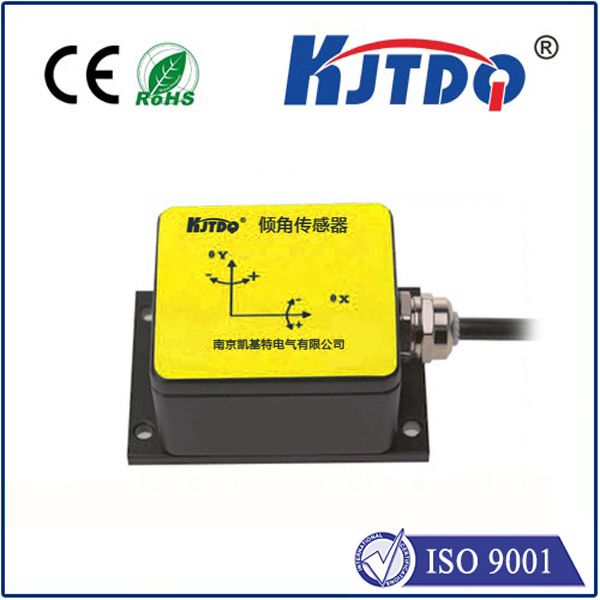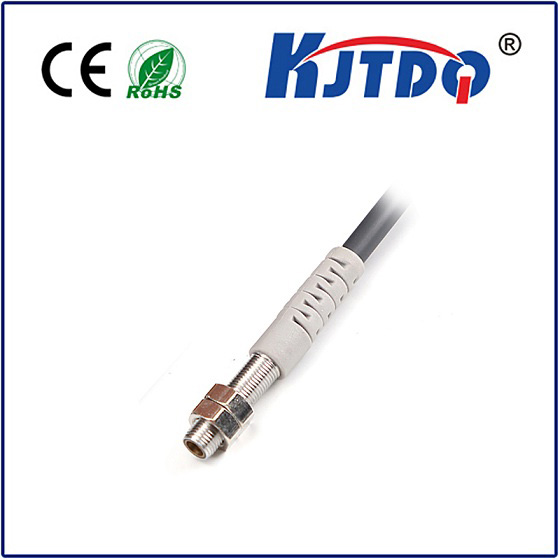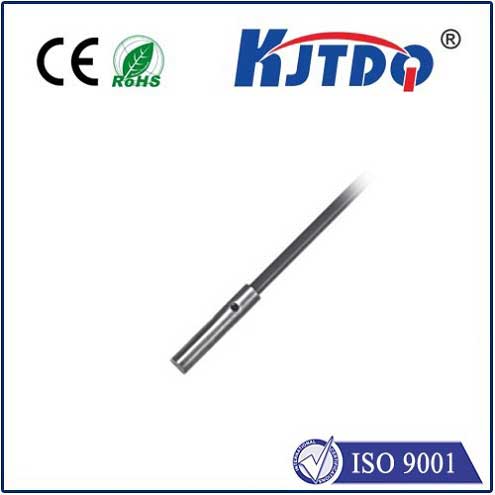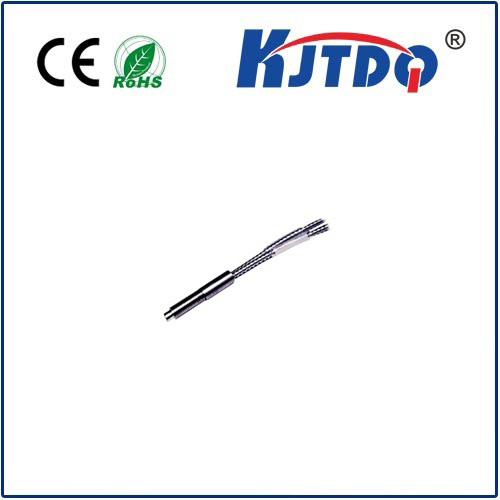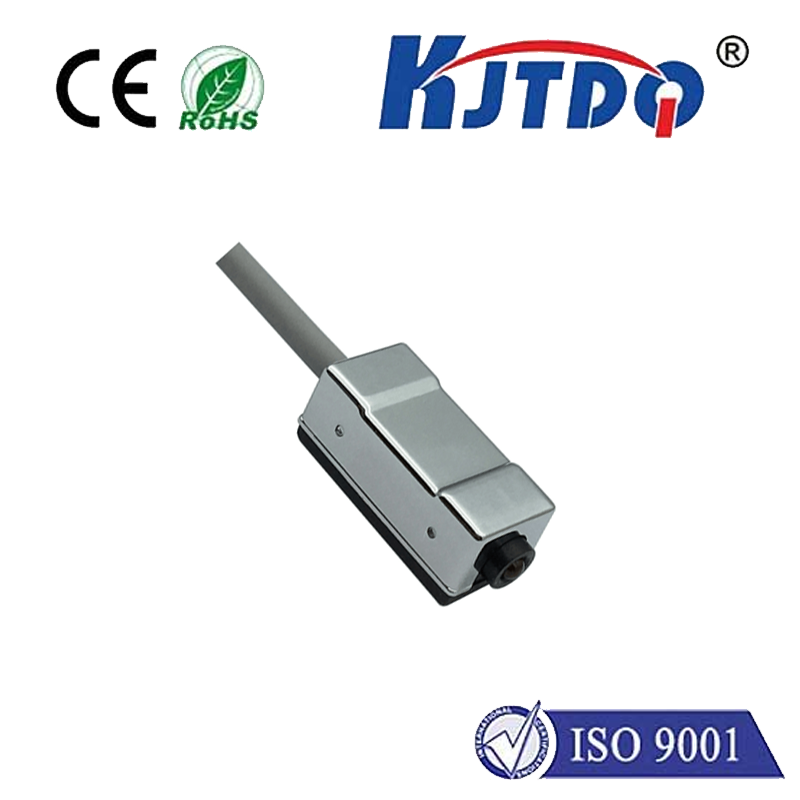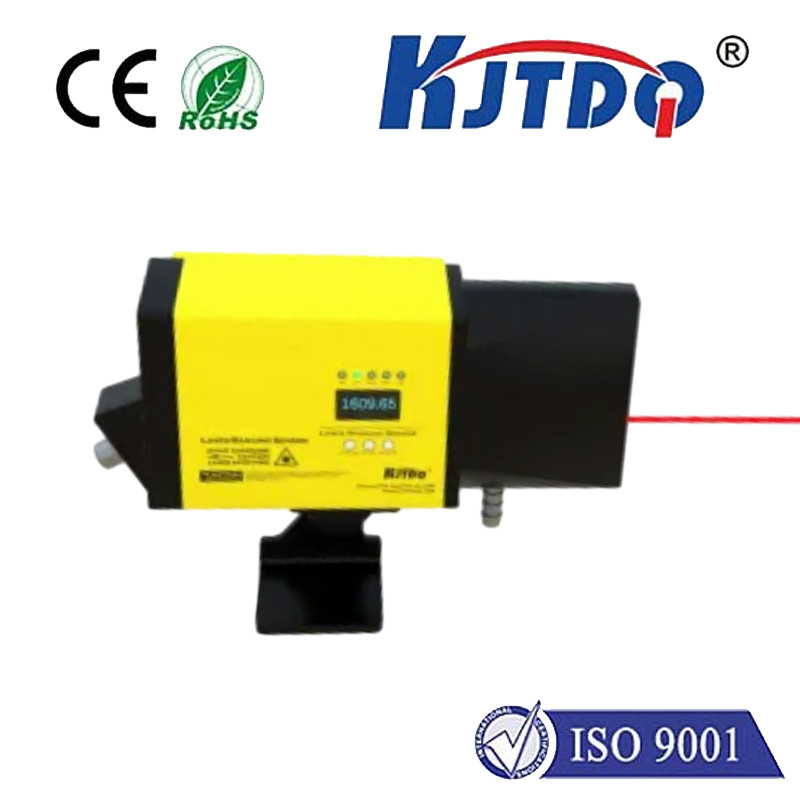BES02HK proximity sensor
- time:2025-10-16 08:39:32
- Click:0
The BES02HK Proximity Sensor: Reliable Detection for Demanding Industrial Automation
In the intricate dance of modern manufacturing, assembly lines, and automated systems, unseen heroes ensure flawless operation and safety. Among these silent sentinels are proximity sensors, the critical eyes detecting the presence or absence of objects without physical contact. And when reliability, durability, and precision are non-negotiable, the BES02HK inductive proximity sensor emerges as a trusted workhorse in countless industrial applications. This sensor exemplifies how a compact, robust design delivers essential detection capabilities critical for optimizing efficiency and preventing costly downtime.
So, what exactly defines the BES02HK? At its core, it’s an inductive proximity sensor. Unlike optical sensors that rely on light beams or capacitive ones sensitive to material properties, inductive sensors generate an electromagnetic field. When a conductive metal object enters this field, it induces eddy currents within the target. The BES02HK detects this disturbance, triggering its internal switching mechanism as the object reaches its specified sensing distance. This principle makes it impervious to dust, dirt, oil, and moisture – common adversaries in challenging industrial environments – as it only reacts to metallic targets.
The designation “BES02HK” points towards its specific characteristics within a product family (often associated with manufacturers like Balluff, though generic references exist). Key specifications typically associated with a sensor like the BES02HK include:
- Sensing Principle: Inductive (ferrous and non-ferrous metals, detection distance varies).
- Sensing Distance: Usually in the range of 2mm or 4mm (specific value depends on exact model variant). This short-range detection is ideal for precise positioning tasks.
- Output Type: Commonly features a PNP normally open (NO) transistor output. When a target is detected, the output switches to provide a positive voltage signal compatible with most modern PLCs (Programmable Logic Controllers).
- Housing Material: Typically constructed with a stainless steel housing (often V4A/AISI 316L grade), offering excellent resistance to corrosion, chemicals, and physical impact. This is crucial for harsh settings like food processing or chemical plants.
- Electrical Connection: Frequently utilizes a pre-wired cable (e.g., 2m length), simplifying installation. M12 connector variants may also exist.
- Protection Rating: Generally boasts an IP67 or higher rating, signifying complete protection against dust ingress and the ability to withstand temporary immersion in water. This resilience is vital for washdown areas or outdoor equipment.
- Operating Temperature Range: Designed to function reliably across a wide industrial temperature spectrum, often from -25°C to +70°C (-13°F to +158°F).
Why Choose the BES02HK for Your Application?

The strengths of a sensor like the BES02HK lie in its combination of ruggedness and precision:
- Exceptional Durability: The stainless steel housing isn’t just for show. It withstands mechanical shocks, vibrations, cleaning chemicals, coolants, and exposure to oils, making it the go-to choice for demanding factory floors, machining centers, and mobile equipment.
- Environmental Immunity: Thanks to the inductive principle and high IP67 sealing, the BES02HK performs consistently where optical sensors would fail due to dirt, steam, or splashing liquids. This reliability translates directly to less maintenance and fewer unscheduled stops.
- High Switching Frequency and Repeat Accuracy: These sensors react incredibly quickly and provide extremely consistent detection points. This is critical for high-speed counting applications, verifying part presence at precise locations on fast-moving conveyors, or detecting the position of rapidly rotating components like camshafts or gear teeth (anti-knock sensing is a common example).
- Long Service Life: With no moving parts subject to mechanical wear (unlike limit switches), inductive sensors like the BES02HK offer a remarkably long operational lifespan, providing excellent return on investment.
- Compact Size: Its relatively small dimensions allow for installation in tight spaces where larger sensors simply wouldn’t fit, enabling flexible machine design.
Where Does the BES02HK Shine? Applications Abound
The versatility of the BES02HK proximity sensor makes it ubiquitous across industries:
- Machine Tooling: Position detection of tool holders, turrets, clamps, and slides; end-position verification in CNC machines.
- Automotive Manufacturing: Confirming component presence (pistons, bearings, gears) on assembly lines; checking door, hood, or trunk closure; monitoring robotic arm positions.
- Packaging Machinery: Detecting metal lids, cans, or foil seals; verifying case fill levels (using metal detection flags); controlling filling heads.
- Material Handling: Monitoring conveyor belt operation (detecting metal cleats or rollers); confirming pallet positioning; controlling lift gates.
- Robotics: Providing precise feedback on end-effector position or gripper closure confirmation.
- Food & Beverage (with appropriate housing grades): Detecting metal cans, caps, or machinery components in washdown environments.
- General Factory Automation: Object counting, speed monitoring of rotating shafts, and safety interlocking on machinery guards.
Installation and Integration: Straightforward and Reliable
Integrating a BES02HK sensor is typically straightforward. Its pre-wired cable or standard M12 connector plugs directly into junction boxes or PLC input modules. Key installation considerations include:
- Mounting: Ensure it’s securely fixed to avoid vibration-induced movement.
- Sensing Distance: Respect the specified nominal sensing distance (Sn). Remember, factors like the target material (steel vs. aluminum), size, and shape can slightly influence actual detection range.
- Target Alignment: Position the sensor face perpendicular to the target approach direction for optimal performance.
- Environment: While highly resistant, avoid prolonged exposure to direct high-pressure jets unless explicitly rated for it, and ensure operating temperatures stay within the specified limits.
The Unseen Guardian of Efficiency
In the complex ecosystem of industrial automation, consistent, reliable detection is paramount. Sensors like the BES02HK inductive proximity sensor provide this fundamental capability silently and effectively. Its robust stainless steel construction, immunity to environmental contaminants, precise short-range detection, and ease of integration make it an indispensable component. Whether ensuring a robot picks up the right part, verifying a machine tool is ready for the next cycle, or counting products hurtling down a conveyor, the BES02HK stands as a testament to how thoughtful engineering delivers unwavering performance where it matters most – keeping the wheels of industry turning smoothly.






